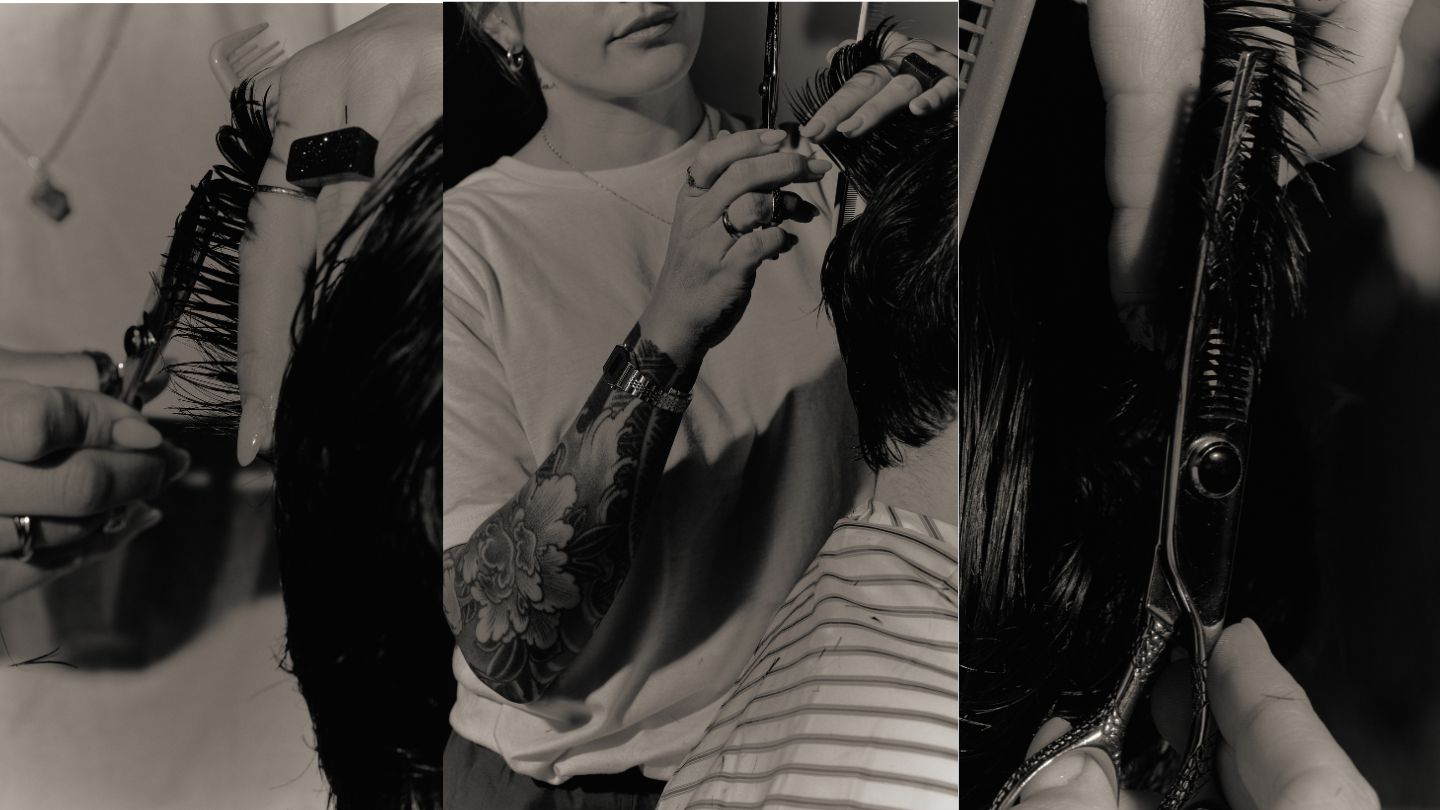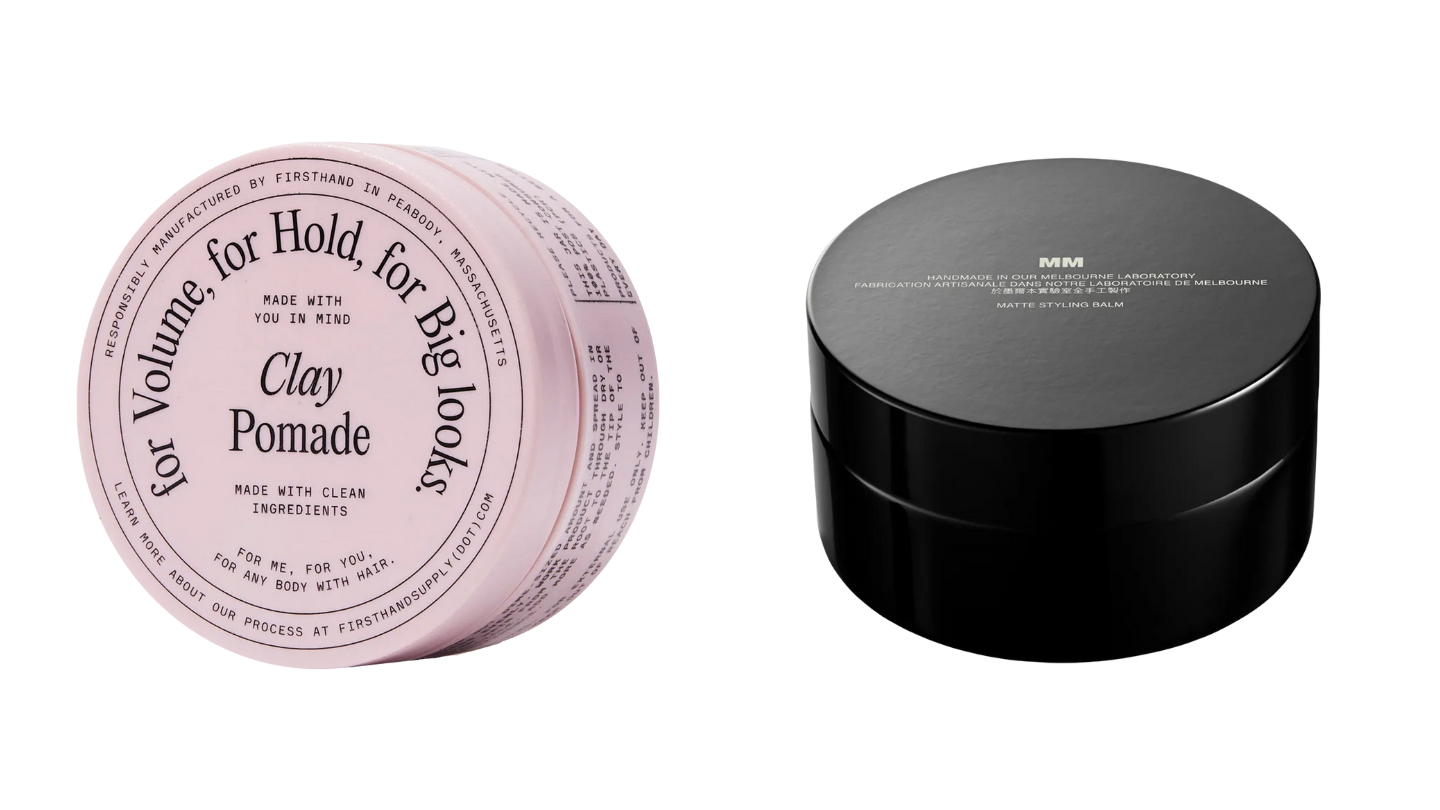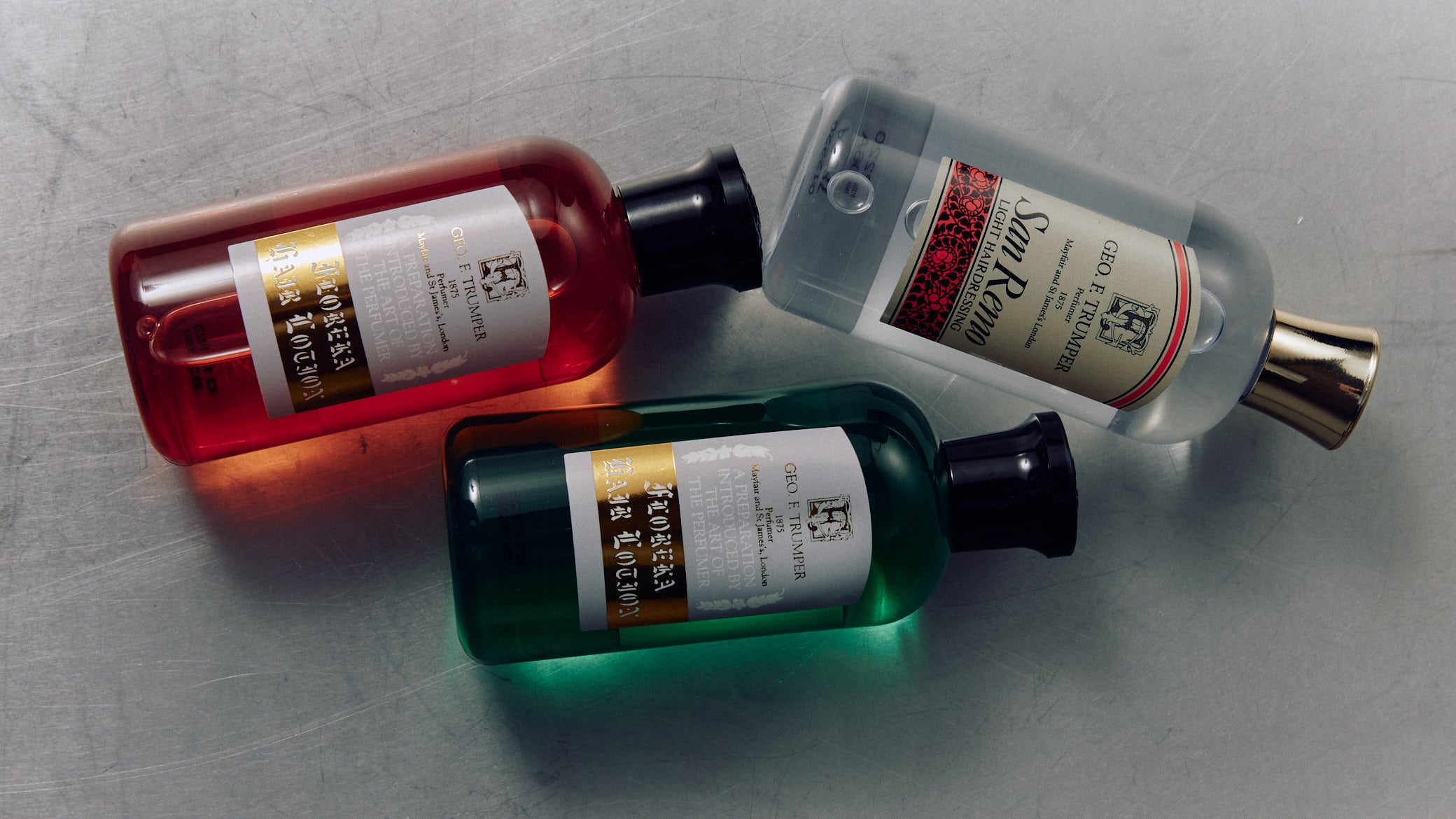Many haircuts emerge from our barber chairs, which have seen many trends and faddish fades. But a short back and sides remains a mainstay amongst the repertoire of styles. In fact, Wikipedia even has the gall to call this a “regular haircut”, delving – paragraph upon paragraph – into the details. We think it’s a lot of specificity for something so regular.
As the name suggests, enough length is retained at the top to grant the hair definition, allowing it to be styled, combed, and/or brushed as desired. Styled forward, split with a side part, light fading on the sides, there are many possibilities. From timeless looks to modern inflections - it's a supremely versatile cut.
And as prevalent as it may be, there’s a lot of technique involved in achieving simplicity. Yes, this is a haircut with a simple formula, but it demonstrates skill, ability, and taste in its nuances, rewarding the individual with a damned good haircut. Beauty in simplicity, tightness, neatness, and naturalness are the important principles to keep in mind, which we’ll turn to in this article.
A Matter of Length: Crew Cuts, Skin Fades, and the Rest
A short back and sides, with a long(er) top. That’s a snapshot definition if there ever was one, but there’s much variation to be had at the top, back, front, and sides. Have a chat with your barber - how you style this cut should consider the amount of effort you wish to put into its maintenance. If you don’t want to spend the time fussing over your hair every morning, or yielding a blowdryer – a natural-looking cut with less fade and gradient work, as well as a tighter and shorter scissor cut up top, guarantees less faffing and fewer return trips to the barber.
If you cut the hair at the top short - almost as short as the sides - you’ve got yourself a crew cut. Effortless and easy to maintain, these suit slightly tousled looks, and depending on your hair type, can be texturised for visual interest. We recommend a clay that offers some subtle drama. Firsthand Supply’s Clay Pomade makes it known on the tin that it’ll provide volume, and our team member Andrew is a fan: it’s non-oily and works into the hair well. Use your fingers to really work it in, pulling and twisting for the best results.
Make this look modern and enhance the drama by opting for a skin fade all around. Indeed, it takes the ‘short’ in ‘short back and sides’ seriously, right to the absolute degree possible. This one requires more frequent upkeep, says Andrew, and you can expect returning to your barber every 2-to-3 weeks in order to preserve the fade. Style happens up the top, and your barber should be able to help pick the right product for your hair type. For curly hair that needs a little control - Andrew recommends Morris Motley’s Matte Styling Balm. Its rich cream formula works through the hair, and as it dries, it creates a look teetering towards the dishevelled - we believe the Italian’s call that sprezzatura. For straight hair types, you can’t go wrong with a paste or a clay. Quicksand from Hanz de Fuko is a customer favourite, which is a hybridised paste with a gritty formula. Easy to apply with a big effect.
A Bona Fide Classic
On the other hand, keep a bit of length around the edges, tapered all over with enough length at the top for a strong side part, and you’ve got yourself one of the oldest haircuts in the modern barbering handbook. Aim for a clipper guard of around 3 or 4 here, which generally won’t expose any skin around the sides or back. Cary Grant is the exemplar here – as are the early Bonds, such as George Lazenby and Sean Connery – representing old world, golden era Hollywood style glamour with hair that is combed and lacquered to perfection. Classical is the word.
Complete the look with a high gloss product. The most passionate Bond fan might opt for Eucris Hairdressing, which was specified by name in Diamonds are Forever. This is an occasion(al) product made up of oils, suited for those who want a brilliantly slick shine. Otherwise, Layrite Supershine does a great job of offering hold and shine, and is water soluble, making it easy to wash out. As to styling, make use of a comb - something with teeth - to achieve those debonair lines, working upwards for a bit of life and contrast, especially in the front.
Good Proportions: Tightness, Neatness, Naturalness
A classical haircut like this is a matter of good and balanced proportions - preserving this principle has ensured its timelessness (and continues to). Andrew advises that getting it right involves finessing every stage of the haircut.
To make the haircut “pop” and look appealingly “fresh”, the back and sides should be tapered with considerable care. Good work here, he says, is about “tightness”. It really frames the rest of the face, which a haircut should enhance. Any clipper work will be softened with blending done with scissors. Shears over the comb, as well as over the fingers, form part of the barber’s toolkit of techniques, and where good practice shines. Indeed, the best tapers contours to the uniqueness of one’s head shape.
No need to achieve a part with a razor, either, as careful clipper and scissor work that respects the way your hair grows is enough to produce an elegant and natural part. The beauty of this style is in its naturalness. Avoid exceedingly hard lines - fades are great, of course, but as they graduate into bare skin the haircut becomes disconnected, which is a different haircut entirely. Scissor work at the top should be intent upon this naturalness as well, ensuring a natural drape to the hair, also using thinning scissors as required to ensure good proportion.
Keeping Up The Good Looks At Home
Once again, if you’re worried about how you might emulate this look at home, don’t be afraid to have a chat with your barber. Andrew reports that a barber will naturally educate the client through the process of doing, explaining how they can recreate the style at home.
“Not every customer wants to deal with the bother, that is to say, the effort, in the morning”, he says. Thus, strike a conversation with your barber about these considerations before your haircut commences. Crucially, Andrew stresses that it’s helpful to make it known whether you’ll style with or without a blowdryer. Some looks you just can’t achieve without one - and if you want to retain that freshly barbered look for weeks afterwards, this needs to be kept in mind.
To say that this haircut follows a formula is only a partial truth - it’s an opportunity to showcase your style with a haircut personalised to suit your tastes, complementing your face shape and your total look.



